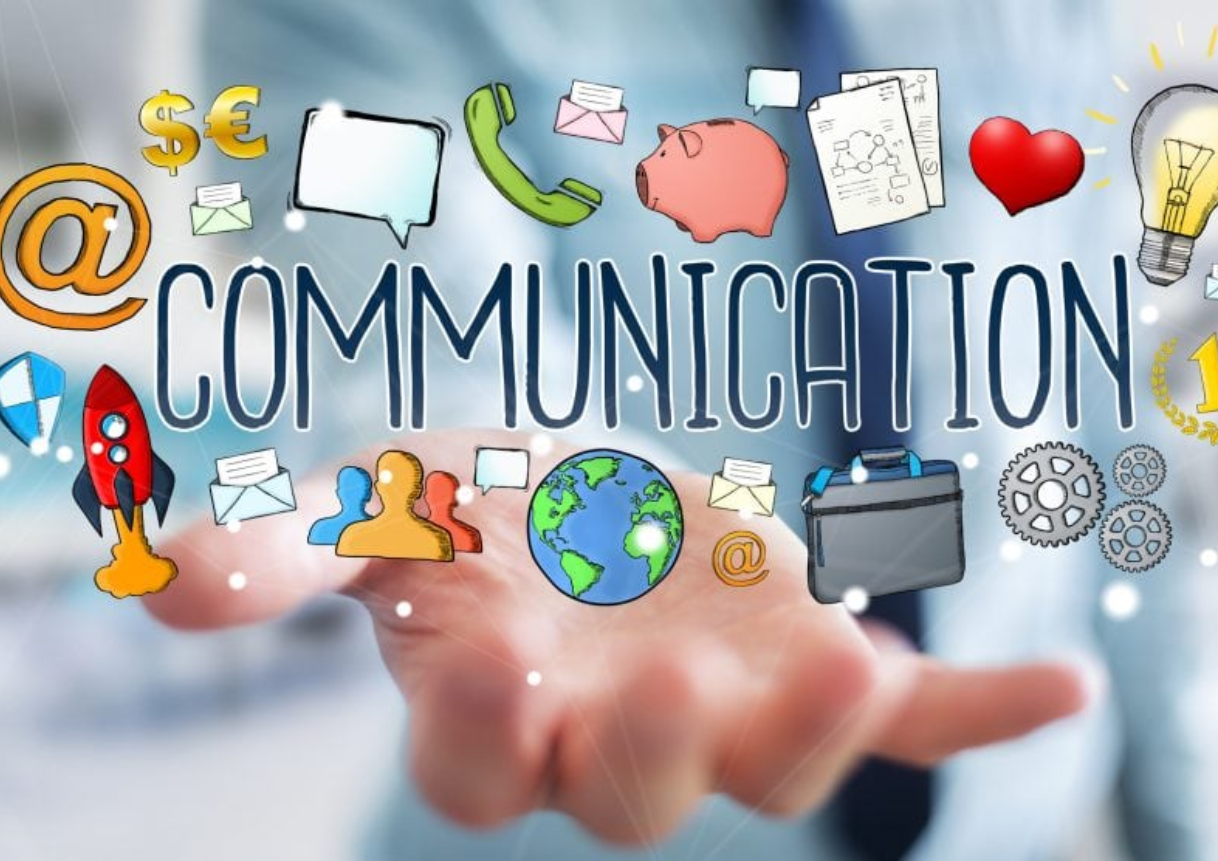In today’s digital landscape, successful fundraising depends heavily on effective donor communication. Modern non-profits are discovering that the right communication tools and strategies can significantly boost their fundraising outcomes. This comprehensive analysis explores how organizations are leveraging digital communication to transform their fundraising efforts.
The Power of Integrated Communication Systems
Traditional disconnected communication methods often lead to missed opportunities and donor fatigue. Modern integrated solutions, such as those offered by Springly, enable organizations to create cohesive donor journeys across multiple channels.
These platforms combine email marketing, social media management, and donor tracking in one system, making it easier to deliver consistent, personalized messages that drive donations.
The integration of various communication tools offers several key advantages. Organizations can track donor interactions across all touchpoints, creating a comprehensive view of donor engagement. This unified approach eliminates data silos and ensures that all team members have access to current donor information, enabling more informed and strategic communication decisions.
Personalization Drives Donor Engagement

Data-driven personalization has become crucial for fundraising success. Organizations using advanced communication tools report higher donation rates when they personalize their outreach based on donor history, preferences, and engagement patterns. This targeted approach helps create stronger emotional connections with supporters.
Successful personalization goes beyond simply inserting a donor’s name into communications. Modern tools enable organizations to segment their donor base according to giving patterns, interests, and engagement levels. This sophisticated segmentation allows non-profits to tailor their messaging, appeals, and impact reports to resonate with specific donor groups.
Automated Donor Journeys Increase Retention
Smart automation has revolutionized donor retention. Organizations now use sophisticated communication tools to create automated welcome series, thank-you messages, and impact updates. These automated journeys keep donors engaged while reducing administrative burden on staff.
Advanced automation tools enable non-profits to design complex communication sequences that respond to donor behavior. For example, when a supporter makes their first donation, they automatically receive a series of welcome emails introducing them to the organization’s work. Similarly, recurring donors receive regular updates about the impact of their ongoing support, strengthening their commitment to the cause.
Multi-Channel Communication Enhances Reach

Successful fundraising campaigns now leverage multiple communication channels simultaneously. Organizations synchronize their messaging across email, SMS, social media, and direct mail to create immersive donor experiences that drive higher participation rates.
The key to effective multi-channel communication lies in maintaining consistent messaging while adapting content for each platform’s unique characteristics. For instance, social media posts might feature short, engaging videos, while email communications provide more detailed impact stories and donation options.
Real-Time Response Improves Donor Satisfaction
Modern communication platforms enable rapid response to donor inquiries and concerns. This immediate engagement helps build trust and encourages continued support, particularly among younger donors who expect quick interactions.
Organizations are increasingly implementing chatbots and automated response systems to provide instant acknowledgment of donations and basic support outside of business hours. These tools ensure donors feel valued and appreciated, regardless of when they choose to engage with the organization.
Impact Storytelling Through Rich Media

Organizations leveraging advanced communication tools can share their impact through compelling visual content. The ability to easily incorporate videos, infographics, and interactive elements into donor communications helps create emotional connections that drive donations.
Successful impact storytelling combines quantitative data with personal narratives. Modern communication platforms make it easy to create and share multimedia content that demonstrates both the statistical impact of donations and the human stories behind the numbers.
Data Analytics Guide Strategy
Modern communication platforms provide detailed insights into donor behavior and campaign performance. Organizations use these analytics to refine their messaging, optimize sending times, and identify the most effective fundraising approaches.
- Key metrics tracked by successful organizations include:
- Email open rates and click-through rates across different donor segments
- Social media engagement levels and conversion rates
- Donation patterns related to specific communication campaigns
- Response rates to various types of appeals
- Donor retention rates following communication initiatives
Mobile-First Communication Strategies

With mobile donations increasing, organizations now prioritize mobile-optimized communication. Modern tools ensure all donor communications look and function perfectly on mobile devices, leading to higher response rates.
This mobile-first approach extends beyond email formatting to include mobile-optimized donation pages, text-to-give capabilities, and social media integration. Organizations that excel in mobile communication often see higher participation rates among younger donors and increased spontaneous giving.
Emerging Trends in Non-profit Communication
Several emerging trends are shaping the future of non-profit communication:
Virtual Reality and Immersive Experiences
Organizations are beginning to experiment with virtual reality and 360-degree video to create immersive experiences that bring donors closer to their impact. These technologies enable supporters to virtually visit project sites and witness program outcomes firsthand.
AI-Powered Personalization
Artificial intelligence is enabling even more sophisticated personalization of donor communications. AI algorithms can analyze vast amounts of donor data to predict giving patterns and suggest optimal communication strategies for different supporter segments.
Voice-Activated Giving
As smart speakers and voice assistants become more prevalent, organizations are developing voice-activated giving options and information services. This emerging channel provides new opportunities for donor engagement and support.
Best Practices for Implementation
Organizations implementing new communication strategies should consider several key factors:
Staff Training and Support

Comprehensive training ensures team members can effectively use new communication tools and understand best practices for donor engagement across different channels.
Data Privacy and Security
With increasing concerns about data protection, organizations must ensure their communication tools comply with relevant privacy regulations and maintain robust security measures.
Content Strategy Development
A well-planned content strategy ensures consistent messaging across all channels while maintaining engagement through varied and relevant content types.
Conclusion: The Future of Fundraising Communication
Success in non-profit fundraising increasingly depends on sophisticated digital communication strategies. Organizations that leverage modern tools to create personalized, multi-channel donor experiences see improved engagement and increased donations. As technology continues evolving, the connection between effective communication and fundraising success will only grow stronger.
The most successful organizations approach communication technology as an investment in donor relationships rather than simply a cost of doing business. By carefully selecting and implementing appropriate tools, non-profits can build stronger connections with supporters while increasing their fundraising effectiveness.









